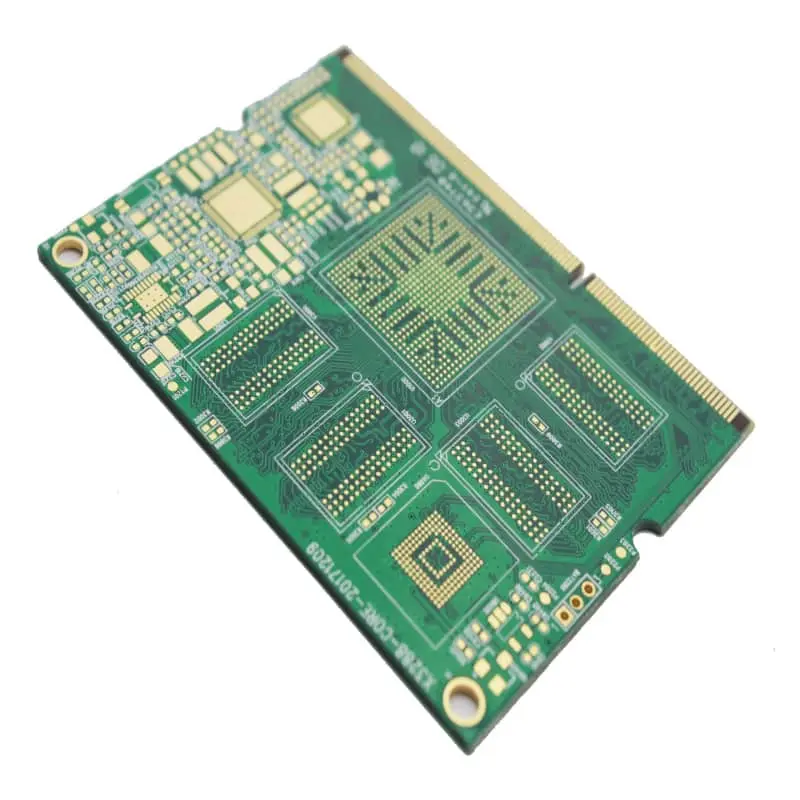Printed circuit boards (PCBs) are the foundation of modern electronics and are the backbone of nearly every device we use today. Understanding the distinctions between single layer and multi layer PCBs is crucial when deciding the most suitable type for a project. In this article, we’ll explore the differences in materials, manufacturing processes, structure, and application scenarios between single layer and multi layer PCBs to clarify why multi layer PCB technology is so significant in advancing complex electronic designs.

Material Differences
The primary materials used in both single layer and multi layer PCBs are similar, often comprising fiberglass reinforced epoxy resin with a copper layer for conductivity. However, multi layer PCB designs require additional prepreg (a fiberglass sheet impregnated with resin) and more copper foil layers. In single layer PCBs, only one conductive layer sits on the substrate, but multi layer PCBs stack these layers in intricate patterns, requiring insulating materials between each layer to prevent short circuits. This increases the PCB’s thickness and material demand, especially as the layer count rises.
Manufacturing Differences
Manufacturing multi layer PCBs is more complex than single layer ones due to the precision required in stacking multiple layers. In single layer PCBs, the process involves applying a conductive pattern on one side, but multi layer PCB production demands alignment and lamination of each layer. Each layer must be carefully registered, pressed, and heat bonded together to ensure there are no misalignments. For instance, a four layer PCB is pressed under high temperature and pressure to bond the layers, while higher layer designs (8 layer, 16 layer, etc.) undergo more rigorous processes. Multi layer PCB manufacturing is also more time intensive and expensive due to these added complexities.
Structural Differences
The most straightforward single layer PCB has only one conductive layer, which limits its circuit design. In contrast, a multi layer PCB features at least three layers of conductive materials and can contain more than 50 layers in advanced applications. The additional layers allow for more intricate routing of circuits and increased functionality within the same footprint. For example, a multi layer PCB might have four layers: two outer layers for component mounting and two inner layers for power and ground planes, which help reduce electrical noise and enhance signal integrity. This structural arrangement is essential in multi layer PCBs, allowing for complex routing without increasing board size.
Application Differences
Multi layer PCBs are used extensively in complex applications that require high speed, reduced interference, and greater functionality in limited space. They’re standard in consumer electronics like smartphones, laptops, and tablets due to their compact design and higher density. Single layer PCBs, however, are more common in simpler devices such as calculators, remote controls, and small appliances, where the functionality is less demanding. Multi layer PCBs are also widely used in aerospace, automotive, and medical technology due to their durability, reliability, and capability to handle higher processing speeds. In contrast, single layer PCBs are often limited to low cost, low power applications.
Advantages and Disadvantages
Multi layer PCBs offer a distinct advantage in design flexibility and operational capability, which makes them essential in modern electronics. However, they come at a higher cost and require specialized manufacturing processes. Single layer PCBs are simpler and cheaper to produce but can’t support the advanced functions needed in today’s complex devices. Therefore, choosing between a single layer and a multi layer PCB depends on the project’s complexity, required functionality, and budget.
Conclusion
When choosing the right PCB type, it is important to understand the difference between single-layer and multi-layer options. A multi layer PCB offers enhanced performance and complexity for high speed, high density applications, while a single layer PCB is often suitable for simpler, low cost solutions. By assessing material, manufacturing, structural, and application differences, manufacturers and designers can make informed decisions that best fit their project needs. If you want to know more or have a demand for multi layer PCBs, please contact PCBCOMING.















